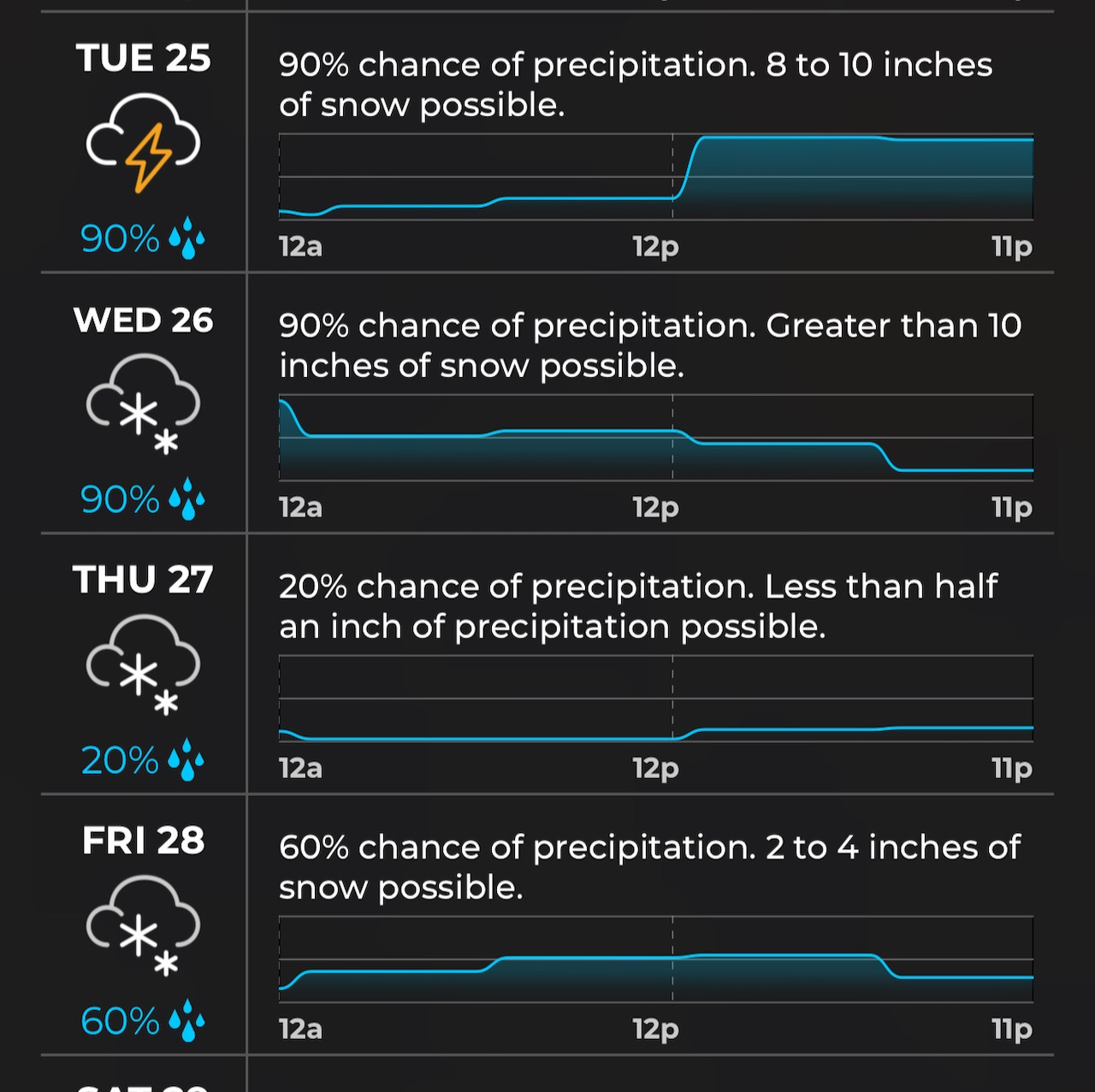Pollyanna Spring
Yesterday was a big day. Rising at 4:30am to get ready and then drive an hour to get to an important yearly event and….. there’s 5 inches of new snow. Ugh. We made it though, nice and slow.
As I wrote last night in a personal social media post, “April’s gifts of moisture are not always appreciated in their form. Just yesterday we were under a Red-Flag Warning for wildfire danger. April doesn’t get much love, but when you look past the inconvenience, there is good.”


So, I’ll play Pollyanna for this post. Do you know about Pollyanna? The novel, Pollyanna, was written 110 years ago by Eleanor H. Porter. It’s about an 11-year-old orphan who pushes through life’s difficulties to find a good side to everything. She played the ‘Glad Game’ in the face of bitter and jaded people around her and managed to melt some of the bitterness in their lives. Those same people ended up helping her when she needed it most. The novel and subsequent movies made the concept of ‘being a Pollyanna’ an enduring one. Sometimes said of someone in derision, but that never sticks long, ‘oh no, don’t call me that!’. She was the original ‘attitude of gratitude’.
I’ll also refer back to my ‘Mud’ post of March 26th. Mud is life in process. Mud needs moisture. The best moisture for the land comes from the sky.
But why snow? Why can’t it just rain? Come on, think hard, you’ve got this… Have you watered a potted plant you let get too dry? Where does the water go? It runs off, it doesn’t soak in. In contrast to the sheer ferociousness in Front Range Spring storms, (tornados, hail, high winds, deluge rain, lightning strikes), all potentially very damaging. Snow falls quietly, blanketing all in peaceful silence. Well, until the wet snow weighs on the power lines or breaks trees onto the power lines taking out the electricity in the area. Everything has side effects. Although it’s common to complain, the snow is often the lesser of these elements.
Let’s add some more perspective. Snow, in the high country, is what hydrologists see as a ‘bank account’. The more snow up high, the more eventually fills our reservoirs for our use. The more water, the more crops. The more water the less the fire danger. The more water, the more fun. The more water, the more in the Colorado River heading west. You’ve seen the massive snowfall in Tahoe and the Sierras this winter. Hydrologists are working hard to make sure as much of that water is retained as possible. Winter and spring snow is a long-term process that sets up the land's health year to year.
The type of snow (there are many), and its water content is the Snow Water Equivalent (SWE) and is highly variable. January has the dry, champagne powder beloved for skiing, contrasting with the wet, sloppy, slushy snow of Spring that soaks shoes and weighs on power lines. But, if you live here, you know this. Remember we had 8 inches of slop last June 1st?
What is the use of snow in my backyard? Moisture may come in as a gentle, soaking rain, or come down in torrents that move downhill rapidly. But snow melts slowly, a much more gradual process. This moisture sinks in, gravity carries it down, and it trickles in, traveling surprisingly long journeys down to roots, and deeper down to the aquifers that our household wells tap into. Right now, as seeds are germinating, staying muddy is a necessary element. Sloppy snowfall at your service.
Digging into Colorado Ground Water and Aquifer systems is quite the interesting rabbit hole of research when you zoom in on your own property, (which I’ll have to write about someday!), but suffice it to say that water beneath our feet, beneath our houses, is not just a good thing, but critical. And for this, I am Pollyanna-ish grateful. When it doesn’t snow and rain, we Coloradans quickly change our tune from complaining about the inconvenience of snow to worrying about fires. I’ll take the sloppy snow, thank you.
There’s more to come this week, folks! 1-2 FEET of slop is on its way to soak our lands, muck up our cars, and saturate those germinating seeds. April gives and gets little love for it. Soon, these April (and May, and sometimes June) snows will turn to the Pasqueflowers, Mountain Iris, and Indian Paintbrush blooms to show their thanks. Thank the Spring snows when you next turn on a faucet.
Sources:
- https://www.usgs.gov/news/featured-story/april-showers-may-bring-may-flowers-winter-snow-water-bank
- https://en.wikipedia.org/wiki/Pollyanna
- https://waterknowledge.colostate.edu/hydrology/groundwater-resources/#1528235308978-445fa642-39fb
https://cologeosurvey.maps.arcgis.com/apps/webappviewer/index.html?id=601c549bc925416b970d302e8bf51b88






